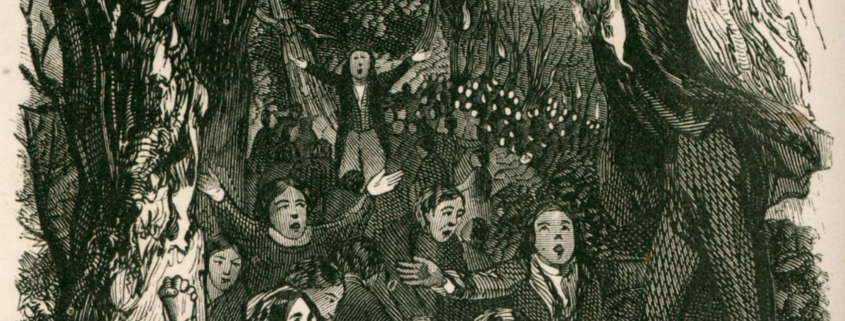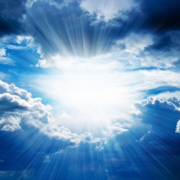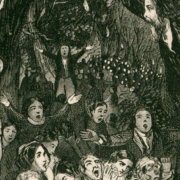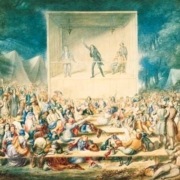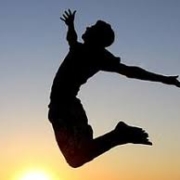A History of the Jerks: Bodily Exercises and the Great Revival
Douglas Winiarski, University of Richmond, April 9, 2018 writes: Between 1799 and 1805, the backcountry settlements of the early American frontier blazed with religious excitement. From western Pennsylvania to northern Georgia, middle Tennessee to the Carolina piedmont—but especially in the Bluegrass Country of Ohio—tens of thousands of frontier settlers gathered for multi-day, open-air religious meetings in which teams of Baptist, Methodist, and Presbyterian ministers preached from morning until late at night. Ministers claimed to have converted thousands at camp meetings during the first decade of the nineteenth century. From innovations in theology and hymnody to church organization and denominational proliferation, the Great Revival played a decisive role in the development of early American evangelicalism and the southern Bible Belt. The revivals also stimulated the development of innovative new religious practices known collectively as the “bodily exercises.” Men and women in the throes of conversion collapsed to the ground, then rose up and began dancing. Others lay insensate for hours, enraptured with dramatic visions of heaven and hell. Camp meeting participants barked liked dogs, scampered up trees, engaged in trance walking, ran headlong through the woods, faced off in mock boxing matches, and burst into uncontrolled peals of holy laughter. Observers witnessed people speaking in unknown tongues and claimed to have heard music issuing miraculously from the chests of young converts.

